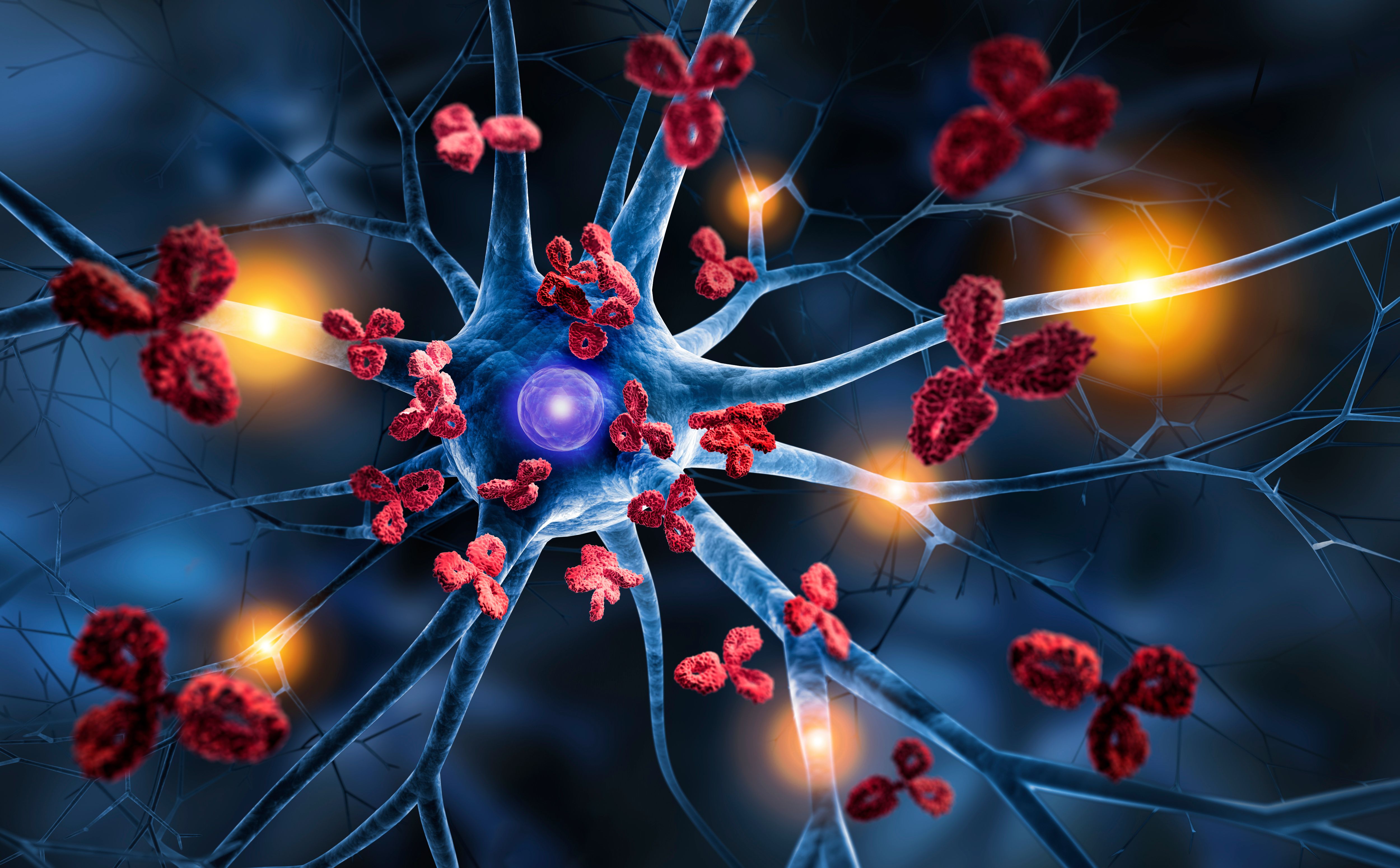FDA Accepts sBLA for Dupilumab for Bullous Pemphigoid
Previously, dupilumab (Dupixent) received orphan drug designation for bullous pemphigoid.
The FDA accepted a supplemental biologics license application for dupilumab (Dupixent) for priority review to treat adults with bullous pemphigoid.1
Currently, treatment aims to stop the development of new lesions and facilitate control and healing of lesions. | Image Credit: peterschreiber.media | stock.adobe.com

Bullous pemphigoid is an autoimmune blistering disease that is caused by the “presence of autoantibodies directed against specific adhesion molecules of the skin and mucous membranes,” according to a review published in The Lancet.2 The condition is the most common of this type of disease and occurs commonly in elderly patients. The lesions are usually pruritic and may first present as urticarial plaques of the trunk and extremities. Oral lesions are typically rare.
Currently, treatment aims to stop the development of new lesions and facilitate control and healing of lesions. Because the conditions affect elderly patients, the choice of therapy should be tailored to the patient's comorbidities and ability to self-care. Preferred treatment includes high-potency topical steroids, such as 0.05% clobetasol cream, and systemic steroids, such as prednisone. Further, second-line treatment can include doxycycline, dapsone, azathioprine, mycophenolate mofetil, and intravenous immunoglobin, according to the authors of a study published in Anais Brasileiros De Dermatologia.3
The application is supported by data from the ADEPT study, which met all primary and key secondary end points for patients with moderate-to-severe disease. Approximately 5 times more patients treated with dupilumab achieved sustained disease remission compared with placebo, defined as complete clinical remission with completion of oral corticosteroids taper by week 16. This included no relapse or rescue therapy in the 26-week treatment period.1
In the study, there were 106 adults included to receive either dupilumab 300 mg (n = 53) every 2 weeks after the initial loading dose or placebo (n = 53) in addition to standard of care. For the primary end point, 20% of those on dupilumab experienced remission compared with 4% for the placebo. The absence of relapse after completion of taper included 59% of patients compared with 16% of patients, respectively, and absence for the need of rescue therapy occurred in 42% compared with 12%, respectively. Furthermore, complete remission at week 16 occurred in 38% compared with 27%, respectively, but was not significant.4
For secondary end points, investigators found that 41% of patients receiving dupilumab achieved 90% or more reduction in disease severity compared with 10% receiving placebo. Further, 40% of patients compared with 11%, respectively, achieved clinically meaningful itch reduction. From baseline, a reduction in severity occurred in 77% of patients compared with 51%, respectively. Further, days of complete remission were 40 for those receiving dupilumab and 13 for those receiving placebo.4
“The itchy blisters caused by bullous pemphigoid can be so intense they are debilitating, especially for elderly patients. There is a significant unmet medical need for new medicines for people suffering with this hard-to-treat disease in which the standard of care is oral and topical corticosteroids and immunosuppressants—treatments that have poor clinical outcomes and safety concerns, respectively, and should be used sparingly in an elderly population,” Dietmar Berger, MD, PhD, chief medical officer and global head of development at Sanofi, said in a news release.4 “These positive pivotal results for bullous pemphigoid add to an immense body of scientific evidence that underscores the important role IL4 and IL13 play in driving diseases characterized by itch. Combined with the consistent safety profile of the other dermatology indications, these results show the potential of Dupixent to transform the treatment paradigm for bullous pemphigoid.”
Adverse events were more commonly seen with dupilumab compared with placebo, including peripheral edema, arthralgia, back pain, blurred vision, hypertension, asthma, conjunctivitis, constipation, upper respiratory tract infection, limb injury, and insomnia. Previously, dupilumab received orphan drug designation for bullous pemphigoid.1,4